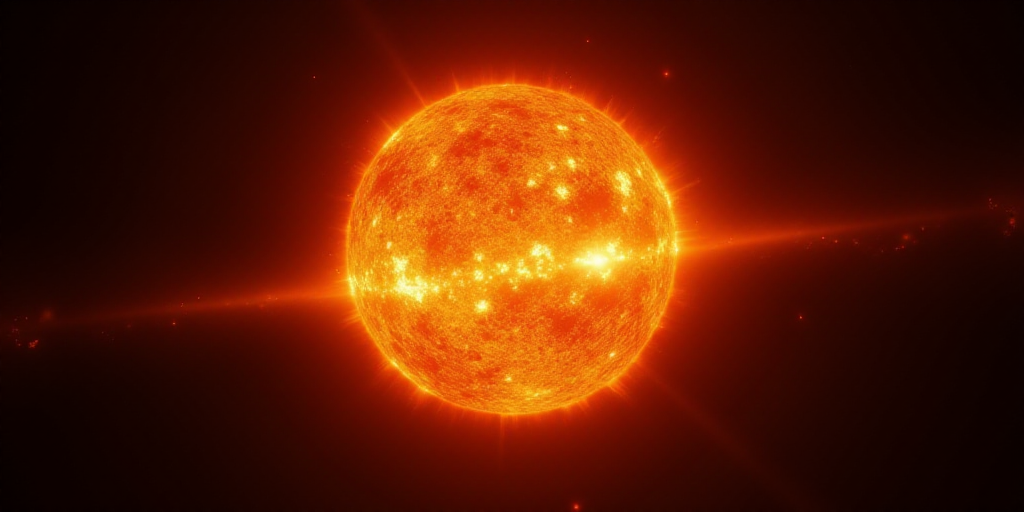A Shift in Solar Trends
After decades of relatively calm conditions leading scientists to anticipate a solar quiet period, a recent NASA study reveals an unexpected change: the Sun is becoming more active. This phenomenon could result in increased solar storms with direct consequences for our technology and space exploration.
A new analysis by NASA confirms that since 2008, our star’s activity has been on a constant upswing, reversing a downward trend that had persisted since the 1980s. “All signs pointed to the Sun entering a prolonged phase of low activity,” said Jamie Jasinski from NASA’s Jet Propulsion Laboratory (JPL) and the study’s lead author. “It was surprising to see that trend reverse; the Sun is slowly waking up.”
How Does This Increased Solar Activity Affect Us?
While more frequent and intense auroras may be visually appealing, the Sun’s awakening has more serious implications for our technological civilization. According to NASA scientists, an increase in solar weather events can directly impact:
- Power grids and communications: The most powerful solar storms can induce currents in Earth’s power grids, potentially causing blackouts. They can also interfere with radio communications and GPS signals, affecting aviation and global logistics.
- Satellites and spacecraft: Orbital infrastructure is particularly vulnerable. Radiation and energetic particles can damage critical electronic components, disrupting daily services we rely on.
- Astronaut safety: For manned space missions, like NASA’s Artemis program aiming to return to the Moon, predicting solar weather is vital. Exposure to radiation during a solar storm poses a significant health risk for astronauts, making understanding and anticipating these events crucial for their safety.
- Our planet’s magnetic shield: Earth’s magnetosphere acts as a protective bubble against the solar wind, a constant stream of particles emitted by the Sun. As solar activity increases, this bubble compresses, altering the space environment near our planet.
An Unexpected Change in the Solar Cycle
The tracking of solar activity dates back to the 17th century, with astronomers like Galileo documenting sunspots. Over the centuries, periods of notable calm have been observed, such as the 70-year minimum beginning in 1645.
The deep solar minimum of 2008 was the weakest recorded in the modern era, leading many to believe we were on the cusp of a new historical period of low activity. However, data collected by NASA missions like ACE and Wind proved otherwise. “The trend of a declining solar wind ended, and since then, plasma parameters and magnetic field strengths have increased consistently,” explained Jasinski.
To continue monitoring and better understand these phenomena, NASA is preparing new missions like IMAP, which, along with others, will provide crucial data for solar weather research and help safeguard future missions to the Moon, Mars, and beyond.
Key Questions and Answers
- What does the NASA analysis reveal about solar activity? The analysis confirms that since 2008, the Sun’s activity has been increasing, reversing a downward trend that had persisted since the 1980s.
- How does increased solar activity affect us? It can impact power grids, communications, satellites, astronaut safety, and our planet’s magnetic shield.
- What is the significance of the deep solar minimum of 2008? It was the weakest recorded in the modern era, leading many to believe we were entering a new period of low solar activity. However, data proved otherwise.
- What are NASA’s plans to study solar activity? NASA is preparing new missions like IMAP to continue monitoring and understanding solar activity, providing crucial data for solar weather research.






